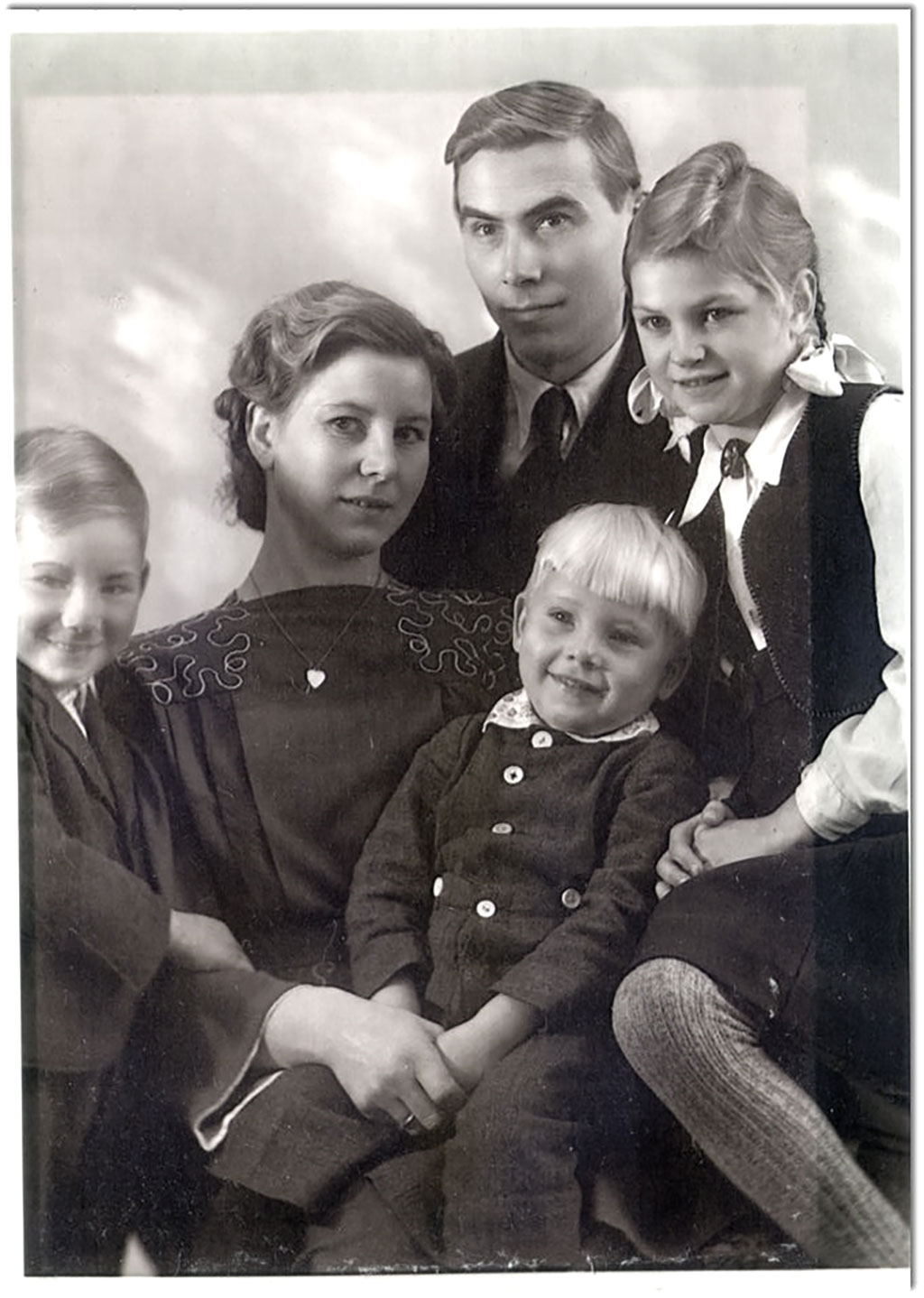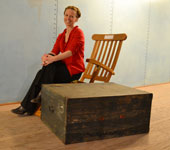Canada would have lost Margarita Bruehler nee Sosnowsky to Paraguay if her brother hadn’t come down with the chickenpox.
Margarita’s early childhood memories are dominated by her family’s escape from Russia in 1943 and life in the battleground of German occupied Europe.
The family crossed many borders and found accommodations in freight trains, barns and refugee camps, she recalled. Some of her memories have faded but she will never forget the jubilation of war's end, and, eventually, the crossing to Canada. But the path to Canada would not be a straight one.
“Joy came in the form of care packages arriving from North America,” Margarita wrote. “They contained unimagined riches: canned food, clothing, coffee, even chocolate. Via the Red Cross my mother was able to locate an aunt living in Chilliwack, B.C.
“The word “Canada” evoked a magical place. However, at that time Canada was not accepting immigrants. We heard nothing further from our relatives…There was a great effort underway headed by a Mr. Peter Dueck of the humanitarian committee called the Mennonite Central Committee, or MCC, to relocate the Mennonite refugees in another country. No country wanted them. They all felt they had had their own quota of hardship following WWII.
“Paraguay, South America, eventually agreed to take them to populate the inhospitable Chaco. Arrangements were completed to have a ship from Holland, the Volendam, transport 1000 Mennonite refugees, or DPs, to Paraguay.”
The plan was made or so they thought.
“We went to a camp to prepare for this journey,” Margarita wrote. A destiny changing event happened. My brother Victor got the chickenpox. The same virus gave me painful shingles. We were quarantined and the ship sailed without us.”
“In the meantime, Canada had changed its immigration regulations and our relatives in Canada were able to make arrangements to sponsor us. Back to camp again, more waiting. Our last camp was near the harbour of Bremenhaven. We boarded trains, arrived at the docks, and 750 of us filed into the SS Marine Tiger, bound for the promised land, Canada.”
That was a lucky day for Rita and for Canada. Sometimes what seems like a tragic event can result in an unforeseen, and maybe, if we are really fortunate, wonderful outcome.
Canadian Museum of Immigration at Pier 21 (S2017.267.1)

Credit: Canadian Museum of Immigration at Pier 21 (DI2017.267.3)
